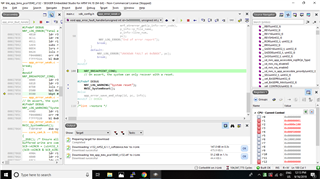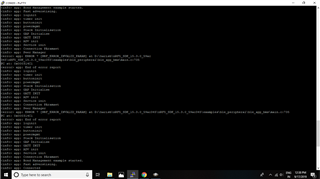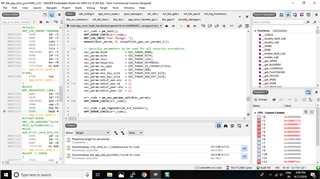Hi ,
I would want to establish a GATT Server application as well as integrate Bond Management Service from glucose example (ble_app_gls) in examples folder of SDK15.3.0_59ac345 into my GATT Server Application. How to integrate this service into GATT Server application. What are the dependencies which I need to take care of while integrating this service.



